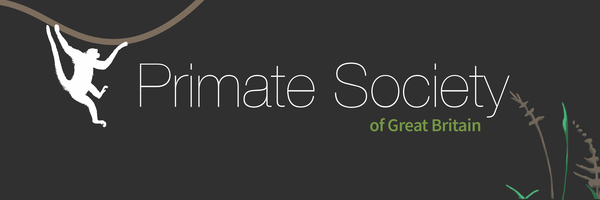Humans, apes, monkeys, lemurs and bushbabies are all primates. Learning about primates fits well into all stages of the National Curriculum for science.
Downloadable worksheets for different topics in each Key Stage (described below) will be available soon.
All the exercises below contribute towards SC1 'Scientific Enquiry'.
Key Stage 1
At Key Stage 1, for Sc2 'Life Processes and Living Things', children could be encouraged to:
Life processes
Visit the zoo or look at pictures (in books or on the internet) and films, and see what primates do. Things to discuss could include:
Can you see any primates eating? If so, what? If not, what might they like eat?
Can you see any primates moving? How do they move (for example, fast, slow, in the trees, on the ground)?
Humans and other animals
Visit the zoo or look at primate pictures (in books or on the internet) and compare primate features with human ones. Things to discuss could include:
Do primate faces look like human ones? What is the same and what is different?
How many fingers do humans have? How many fingers do (most) primates have?
What is a tail? Do people have tails?
Do monkeys walk on two legs, like humans do?
Variation and classification
Visit the zoo or look at pictures (in books or on the internet) and think about the different types of primates. Things to discuss could include:
Do all primates look the same? Compare coat colours and body sizes.
Do all primates do the same things? Compare movement and diets.
Do primates that look different live together in the same enclosures?
Key Stage 2
At Key Stage 2, for Sc2 'Life Processes and Living Things', children could be encouraged to:
Variation and classification
Visit the zoo or look at pictures (in books or on the internet) and think about how primates might be grouped. Things to discuss could include:
Do gorillas look more similar to orangutans or to baboons? What features do they all have in common? What features do gorillas and orangutans have in common? How do they differ?
Living things in their environment (adaptation)
Find out, from books or the internet:
Where in the world primates live.
The types of environments primates live in (for example, whether they are found in the sea or on land, whether they live in rainforest, grassland, or built-up areas).
How primates living in different environments move.
Things to discuss could include:
Is there a link between how primates move and where they live?
Living things in their environment (feeding relationships)
Find out, from books or the internet:
Whether primates are more likely to eat plants or animals.
Whether primates are ever eaten by other animals.
Things to discuss could include:
Where do primates fit in the food chain?
External Resources
A number of zoos, including Twycross and The Monkey Sanctuary offer worksheets and activities aimed at school pupils at Key Stages 1 - 3 and GCSE.




